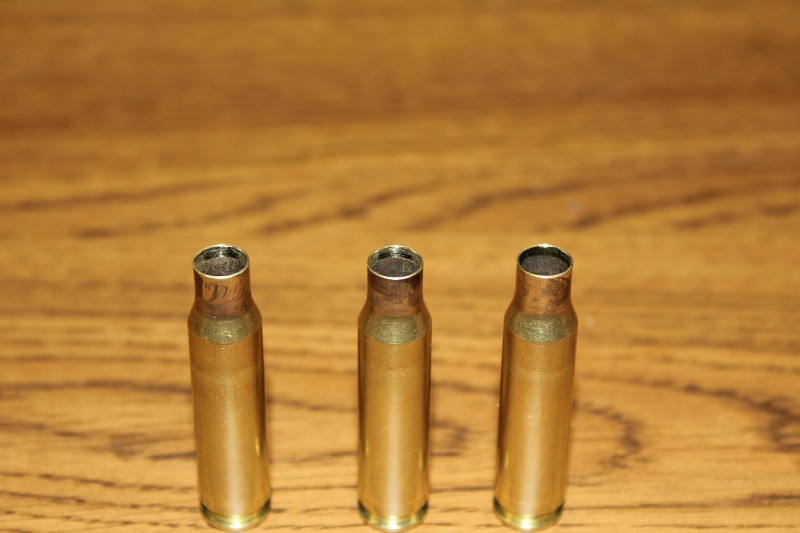Sounds pretty simple where the lines are coming from. Removed the pilot cleaned and polished with 0000 steel wool & lapping compound . Still there , doesn't seem to effect accuracy though just don't like it. Anyone having this problem ? Called RCBS they are going to polish up a pilot & send to me NC , GREAT COMPANY.
I switched to wet tumbling with SS pins, cases are so clean it could be now the scratches are easily seen , after sizing the necks are smooth , only after trimming & the piolet seems smooth. Will see if they disappear with the new piolet.
I switched to wet tumbling with SS pins, cases are so clean it could be now the scratches are easily seen , after sizing the necks are smooth , only after trimming & the piolet seems smooth. Will see if they disappear with the new piolet.
Last edited:

